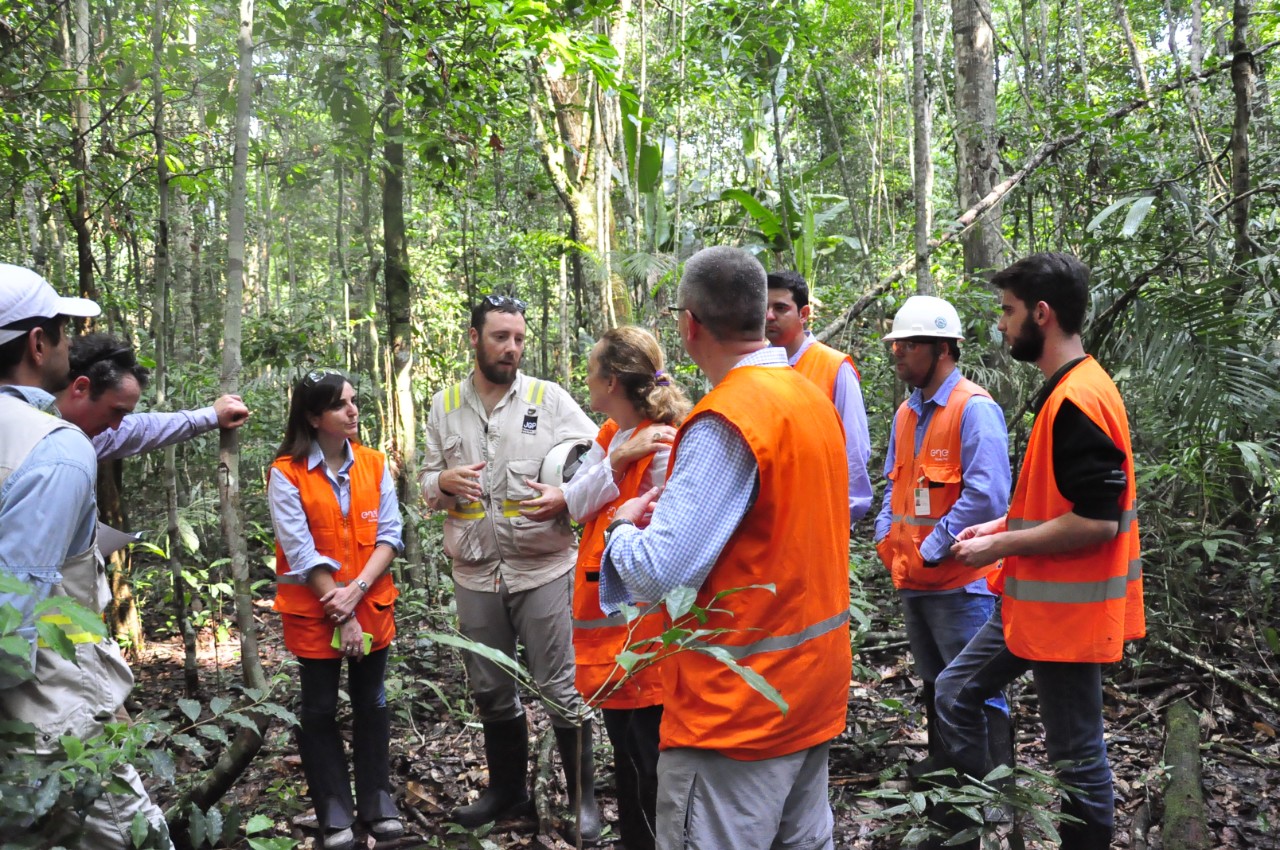“The days we spent in the Brazilian Midwest opened our eyes to the challenges and opportunities relating to renewable energies and, in particular, to small hydroelectric plants in biodiversity-rich areas”
Enel has a deal with IUCN to study risks and opportunities relating to biodiversity in its many areas of operation. After the visit, the company will receive a report with performance indicators that will guide upcoming sustainable actions:
“The Apiacás region has a large diversity of animals, and many of the species that live in the area are endangered. This visit was extremely important to certify that we are on the right path, adopting adequate strategies to monitor and preserve the local fauna”
Apiacás: clean energy generated in the heart of Brazil
The Apiacás Hydroelectric Complex is located in the state of Mato Gross, 150km from Alta Floresta, and has total installed capacity of 102 MW. Comprised of three centrals, Salto Apiacás (45 MW), Cabeça de Boi (30 MW) and Fazenda (27 MW), the complex is capable of generating over 490 GWh a year, enough energy to supply the annual demands of more than 200,000 Brazilian homes, preventing the emission of around 280,000 tonnes of CO2 into the atmosphere.
The complex’s construction was guided by high sustainability standards and marked by a constant concern with the preservation of the local flora and fauna. Furthermore, Apiacás was the first hydric plant complex in Brazil to feature a photovoltaic system installed to generate and supply energy to the building site, reducing pollutant gas emissions during its implementation.


